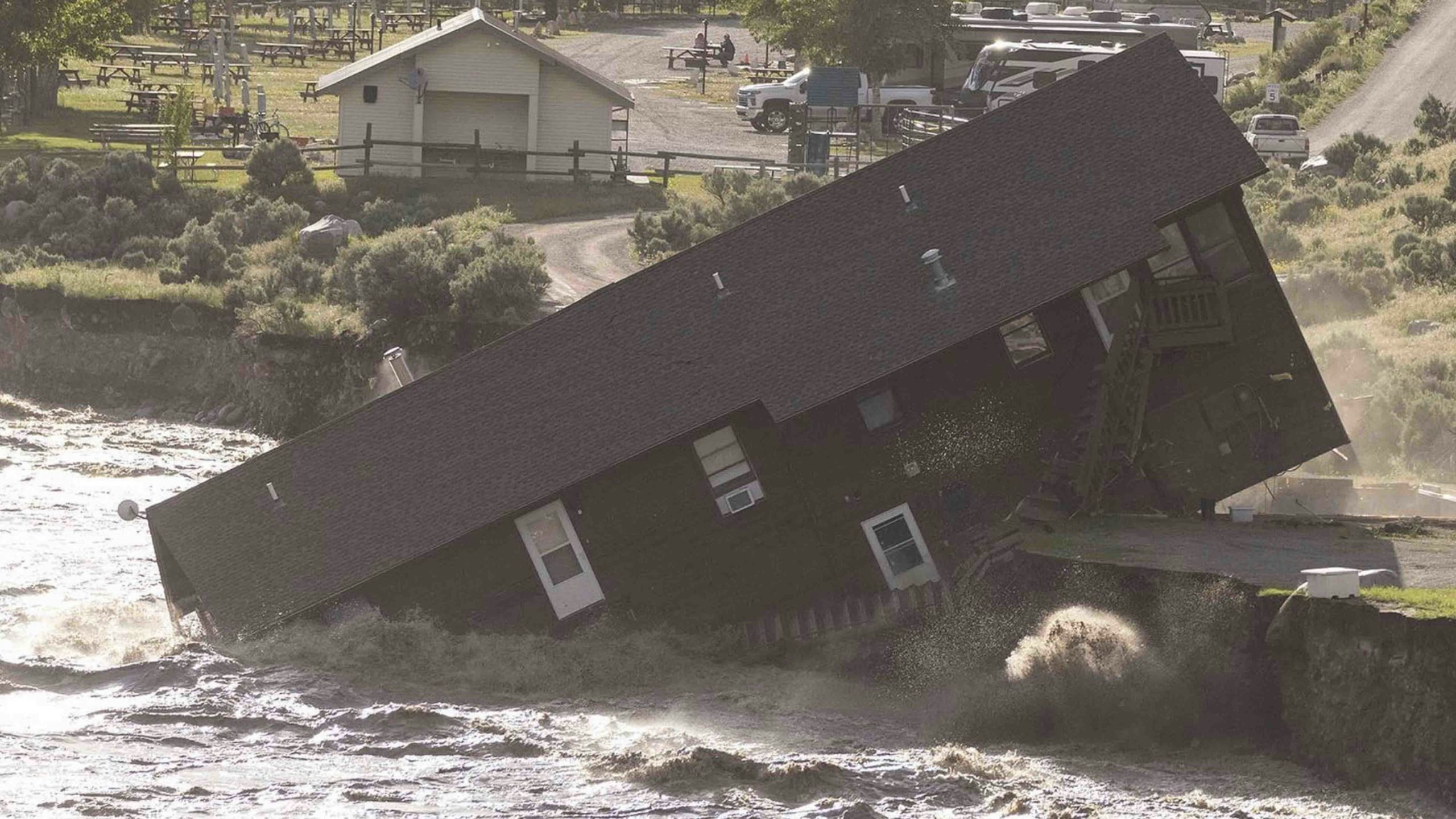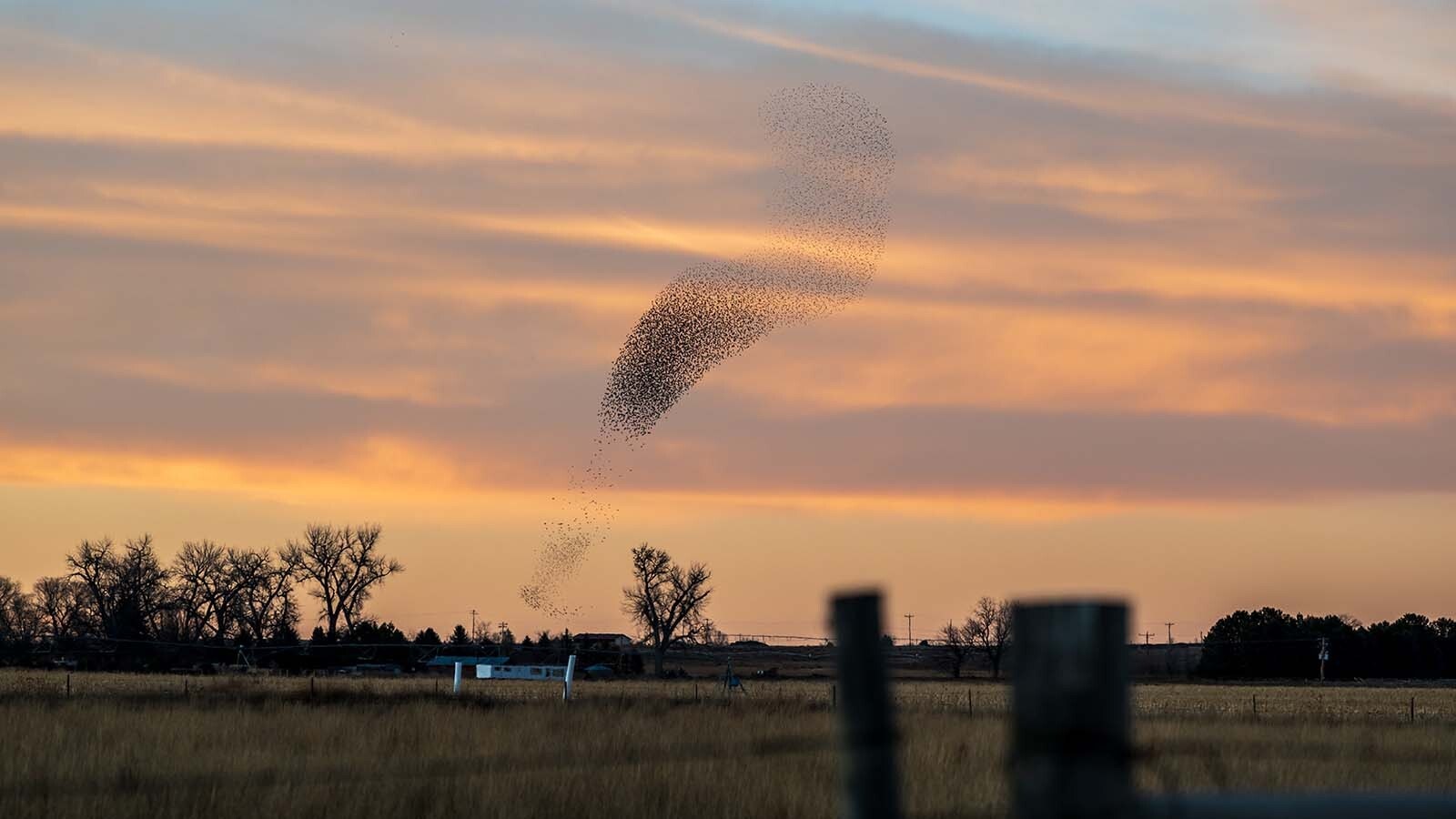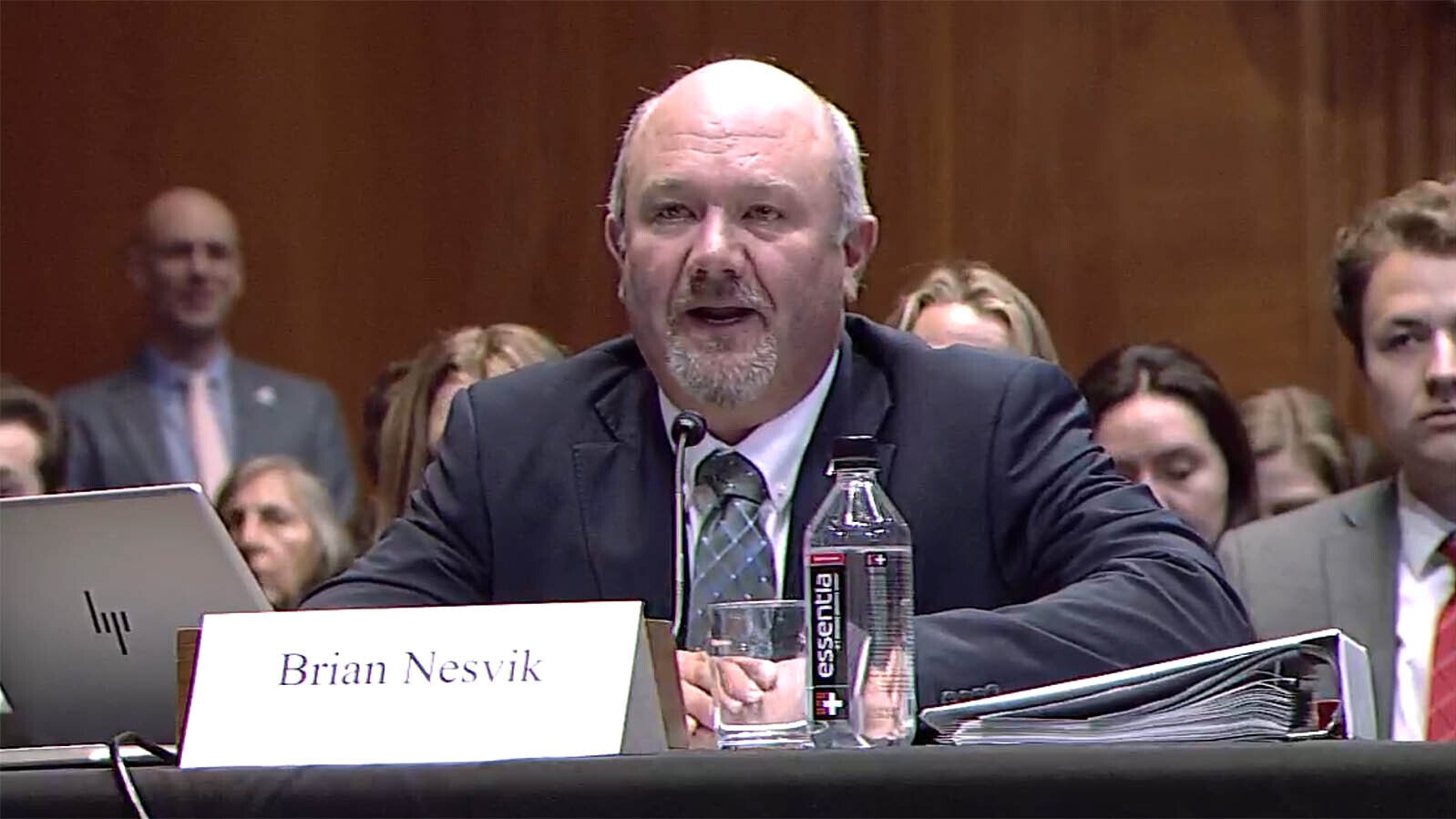Remarkably, no one was seriously injured or killed in the flooding that destroyed roads and bridges, caused buildings to fall into rivers and displaced thousands of employees and visitors from Yellowstone National Park on Monday.
“I’ve heard this is a 1,000-year event,” said Yellowstone Superintendent am Sholly said during a news conference Tuesday. “From what I understand, one of the highest cubic-feet-per-second ratings the Yellowstone River recorded was in the 1990s at 31,000 cfs, and Sunday night we were at 51,000 cfs. So that gives you a bit of context of how big this was from the last major high water event at the park.”
No Deaths
However, Sholly pointed out that the only damage done to the park by the flooding was done to the landscape – no living creatures, human or wildlife, have been harmed due to the rising waters, as far as National Park Service staff can tell.
“As of right now we don’t think the animals are being largely affected,” Sholly said, “except there’s no visitors – at least currently – watching them.”
The flooding prompted the park’s closure and led park officials to remove at least 10,000 visitors from the park on Monday.
Sholly said one person at Madison Campground did die as a result of a cardiac arrest but added the incident was not flood-related.
“There has been at this point no injuries – knock on wood – to employees, either,” he said.
Not Out Of The Woods
But the danger may not be over. Sholly noted that the forecasted high temperatures for the upcoming weekend could trigger another flood event.
“There’s about 12 inches of snow left up there,” he said. “If we get the right mixture of warm temperatures, rain on the snow, we could see something further this weekend, and we’ll see what happens there.”
The Storm
Sholly explained that Sunday night and over the weekend, Yellowstone National Park received 2 to 3 inches of rain that fell on approximately 5-1/2 inches of snow. The precipitation and associated warming temperatures melted the snow and caused a major flood event in most of the northern range of Yellowstone, swelling the Yellowstone and Lamar rivers, and all of the associated tributaries, to levels not seen before in the park’s recorded history.
“These supercell storm features have hit around this country before,” said Bob Smith, Professor of Geophysics and Geology at the University of Utah. “But I have not experienced one that big around Yellowstone, and I’ve been working there for 65 years.”
Smith, who witnessed the strength of the storm Sunday from his house in Moose, Wyoming, compared the damage to the park to that caused by a significant earthquake.
“This storm is very similar in characteristics to the effects of a magnitude 7 earthquake,” Smith said. “The damage, the extent, people having to be rescued, management putting into effect emergency procedures. I’d call this thing a practice earthquake.”
Road Damage
The visible landscape of the northern part of America’s first national park is most likely changed forever, as Sholly noted that U.S. Highway 89 between the Montana communities of Mammoth and Cooke City will likely be rebuilt on a different footprint.
“This is not going to be an easy rebuild,” Sholly said. “Obviously things that we’re going to need to do to stabilize once the water comes down, is assess what the full damage is along the length of that corridor, but also with the right people assessing whether it makes sense to build here in the future.”
Sholly pointed out that developed areas of the Park sustained damage, as well.
“We lost our sewer line here in Mammoth,” he said Wednesday. “We’ve done a temporary fix on that, but that’s been a big challenge. We had power out for about 36 hours here in Mammoth and other parts of the Park, and the town of Gardiner still does not have potable drinking water.”
On the Zoom conference call Tuesday, Sholly showed photos of destruction throughout the northern part of Yellowstone, pointing out where roads have been completely washed away and where the Yellowstone River has potentially changed its course permanently.
“One section in the intersection between Lamar Valley and Cooke City is another example where the road’s been completely washed away,” he said, “and so we’ll be evaluating whether or not we need to make some roadway realignments.”
Much of the damage done to the Park is not visible from the paved highway, Sholly pointed out.
“There are literally hundreds and hundreds of bridges in the back country that we’ll need to do evaluations on moving forward,” he said. “There is a lot of debris, especially in areas where the rivers ran across the roads and brought down substantial numbers of trees, which will require considerable work.”
The House In The River
A video that has been viewed thousands of times in the last few days shows a house in Gardiner, Montana, collapsing into the river. Sholly said the building was a multi-family dwelling that housed six Park employees.
“It was fairly immediately Sunday night compromised by high floodwaters, to the point where we evacuated it first thing on Monday morning,” Sholly said. “(Monday) night somewhere around 7 p.m., this entire structure succumbed to flood waters and went into the Yellowstone River just north of Gardiner. That entire structure floated on the water for about five miles.”
A video taken farther downstream showed the house crashing into pylons of a bridge, destroying the building completely.
One of the employees that had been living in that structure posted to Facebook Tuesday that he and his coworkers lost almost everything.
“We had less than 30 mins of evacuation time,” wrote the employee, “so we ended up throwing a lot of our possessions into the sage at the side of the house.”
No Timeline For Reopening Some Parts of the Park
Because of the damage done by the devastating flood event, Sholly said park officials will likely not reopen the road between Gardiner and Cooke City, Montana, for the rest of the season. Additionally, water and sewer lines in Mammoth were damaged, which will affect the decision to re-open the Mammoth hotel.
“There’s a way we could open that, and people could access it from the south,” Sholly said. “But unless we get the wastewater treatment infrastructure back in place, We won’t bring large numbers of visitors back into Mammoth.”





